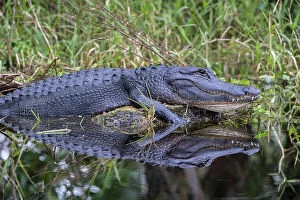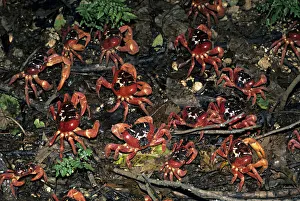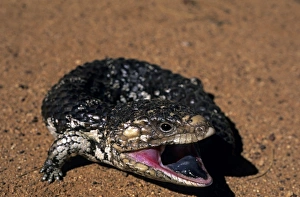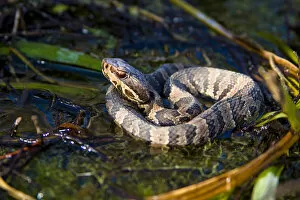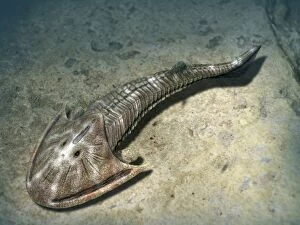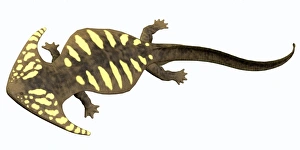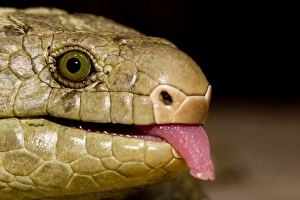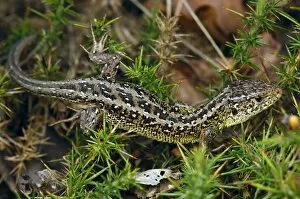Ectotherm Collection
Ectotherms, also known as cold-blooded animals, rely on external sources of heat to regulate their body temperature
All Professionally Made to Order for Quick Shipping
Ectotherms, also known as cold-blooded animals, rely on external sources of heat to regulate their body temperature. From the Christmas Island red crabs emerging from their burrows during rainy seasons to the mesmerizing sight of two ball python snakes intertwined, these creatures showcase the fascinating world of ectotherms. In Western Australia, the shingleback skink displays its dominance with an open mouth and a vibrant blue tongue. This unique defense mechanism warns potential predators to think twice before approaching. Meanwhile, in North America's wetlands, the water moccasin slithers stealthily through the waters. As a venomous pit viper species, it commands respect and caution from those who encounter it. Traveling back in time to ancient Scotland reveals Cephalaspis lyelli - a jawless fish that thrived during the Early Devonian period. Its primitive features remind us of how life has evolved over millions of years. Diplocaulus takes us even further into prehistoric times as an extinct lepospondyl amphibian from the Paleozoic Era. With its distinctive boomerang-shaped head crest, this creature surely left an impression on its surroundings. Returning to modern-day reptiles brings us face-to-face with the stunning red rat snake. Elaphe guttata guttata showcases nature's artistry with its intricate patterns and vibrant colors. Meanwhile, Florida Kingsnake roams nonchalantly through its habitat in search of prey without posing any threat due to being non-venomous. These snakes play a vital role in balancing ecosystems by controlling populations of small mammals and other reptiles. From rainforests to deserts and oceans alike, ectotherms thrive across diverse habitats worldwide. Their ability to adapt and survive within fluctuating temperatures is truly remarkable – reminding us that every corner of our planet holds incredible wonders waiting to be discovered.

